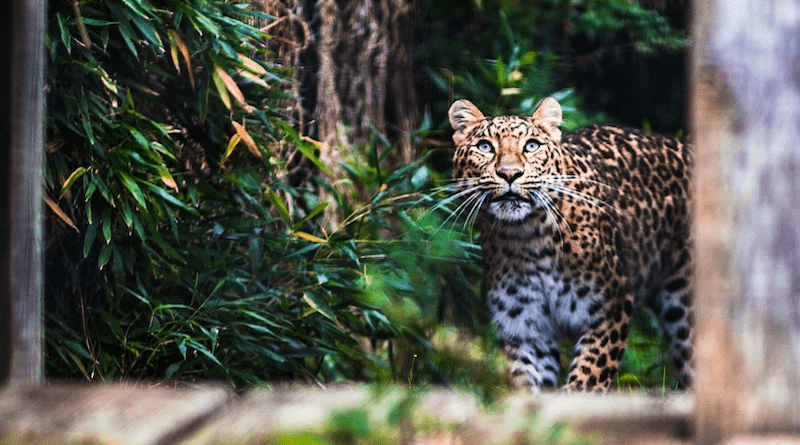Climate Change And Carnivores: Shifts In Distribution And Effectiveness Of Protected Areas In Amazon
A new article published in PeerJ Life & Environment, authored by Camila Ferreira Leão at Universidade Federal do Pará sheds light on the effects of climate change on carnivorous mammals in the Amazon and their representation within Protected Areas (PAs). “Climate change and carnivores: shifts in the distribution and effectiveness of protected areas in the Amazon,” reveals alarming findings about the vulnerable status of these animals and the effectiveness of conservation measures.
Carnivorous mammals, integral to the Amazon’s ecosystem maintenance and functioning, are increasingly at risk due to human interference, especially climate change and deforestation. As these impacts escalate, it becomes crucial to understand how carnivore distribution and persistence are affected, particularly in the tropical region of the Amazon.
The research underscores the urgent need for robust conservation strategies to mitigate the potential loss of carnivore species in the Amazon. The study provides critical insights for policymakers and conservationists, emphasizing the necessity to adapt conservation measures to address the specific challenges posed by climate change on carnivores.
The study employed Species Distribution Models (SDMs) to evaluate the geographic distribution of 16 carnivore species in the Amazon, projecting into the future under two climate scenarios for the year 2070. By incorporating bioclimatic and vegetation cover variables, the research team assessed the potential area loss and climate suitability for these species, as well as the efficacy of existing Protected Areas in safeguarding their future.
Key findings of the study are:
- 1. Negative Impact of Climate Change: The SDMs projected a reduction in the potential distribution of carnivore species under both future climate scenarios. In the first scenario, five species are predicted to be negatively affected by climate change, increasing to eight species in the second scenario. This highlights the urgent need for targeted conservation efforts to protect these vulnerable animals.
- 2. Loss of Climatic Suitability: All species analyzed demonstrated a loss of climatic suitability, with some facing an almost complete loss of suitable habitat under the second scenario. This indicates the severity of climate change’s impact on carnivores’ ability to thrive in their current environments.
- 3. Protected Areas’ Limited Effectiveness: Despite the presence of Protected Areas, the study found that they may not be as effective in safeguarding carnivore species as anticipated. The Gap analysis revealed that the PAs failed to demonstrate significant protection in terms of species richness, and their ability to retain species richness was not substantially different from chance expectations.
As we grapple with the global climate crisis, this research serves as a wakeup call to act swiftly and decisively to protect the Amazon’s biodiversity and the carnivorous mammals that play a vital role in its preservation.

